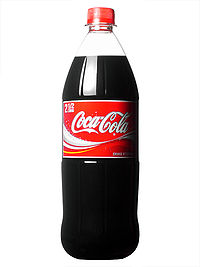Stumped by a problem? The ‘generic parts technique’ technique unsticks you
March 8, 2012
University of Massachusetts psychologist Dr. Tony McCaffrey has developed a systematic way of overcoming “functional fixedness” (the tendency to fixate on the common use of an object or its parts, hindering people from solving problems). He calls it the “generic parts technique” (GPT).
He found that people trained in GPT solved eight problems 67 percent more often than those who weren’t trained, and the trained group solved them more than 8 times out of 10.
How GPT works
“For each object in your problem, you break it into parts and ask two questions,” explains McCaffrey.
1. Can it be broken down further?
2.Does my description of the part imply a use?”
For example, say you’re given two steel rings and told to make a figure-8 out of them. Your tools? A candle and a match. Melted wax is sticky, but the wax isn’t strong enough to hold the rings together.
What about the other part of the candle? The wick. The word implies a use: wicks are set afire to give light. “That tends to hinder people’s ability to think of alternative uses for this part,” says McCaffrey. Think of the wick more generically as a piece of string and the string as strands of cotton and you’re liberated.
Now you can remove the wick and tie the two rings together. Or, if you like, shred the string and make a wig for your hamster.
McCaffrey has drawn his insights by analyzing 1,001 historically innovative inventions. In every one, he found, the innovator discovered an obscure feature or an obscure function.
Invention: how to save money on electricity
McCaffrey cites a recent invention to solve a modern problem. “In this very poor section of the Philippines, people living in shanties were using electric lights inside while it was sunny outside,” he says.
“Take a 2-liter Coke bottle, stick it through a hole in the roof, fill it with water. The water reflects the light around the inside the house.” A simple idea, using an overlooked feature of water: “It refracts light 360 degrees.”
GPT is one of a “palette” of techniques McCaffrey is developing into what he calls “innovation assistance software,” which itself can be put to novel uses. His undergraduate student, a comedy writer, is applying the technique to build obscure situations that can make people laugh.
Ref.: Tony McCaffrey, Psychological Science, Association for Psychological Science, 2012; [link]
